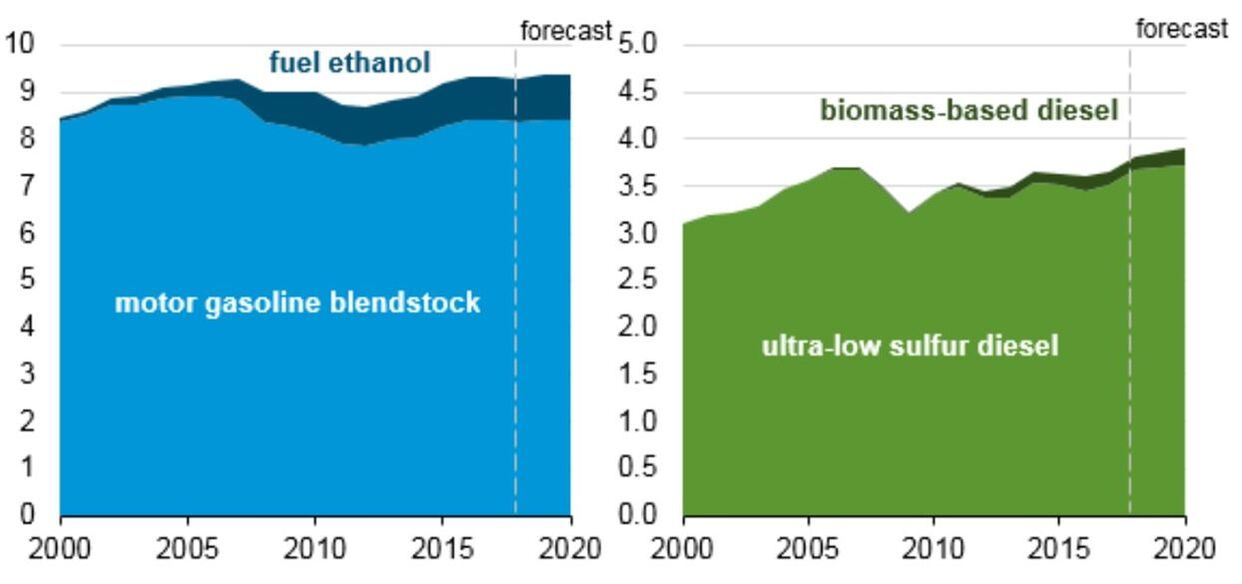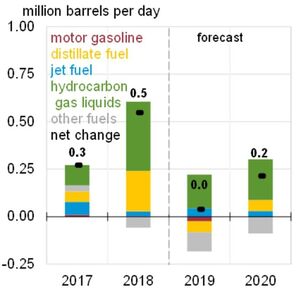Op-Ed:
Achieving Carbon Emission Reductions with Biofuels
Achieving Carbon Emission Reductions with Biofuels
Op-Ed by: Pat Gruber, CEO, Gevo
Note: This Op-Ed is an original article for Energy Today; however, as a non-partisan, non-lobbying, energy neutral professional association, the views and opinions expressed in this article are those of the authors and do not necessarily reflect the official policy or position of the American Energy Society.
Note: This Op-Ed is an original article for Energy Today; however, as a non-partisan, non-lobbying, energy neutral professional association, the views and opinions expressed in this article are those of the authors and do not necessarily reflect the official policy or position of the American Energy Society.




